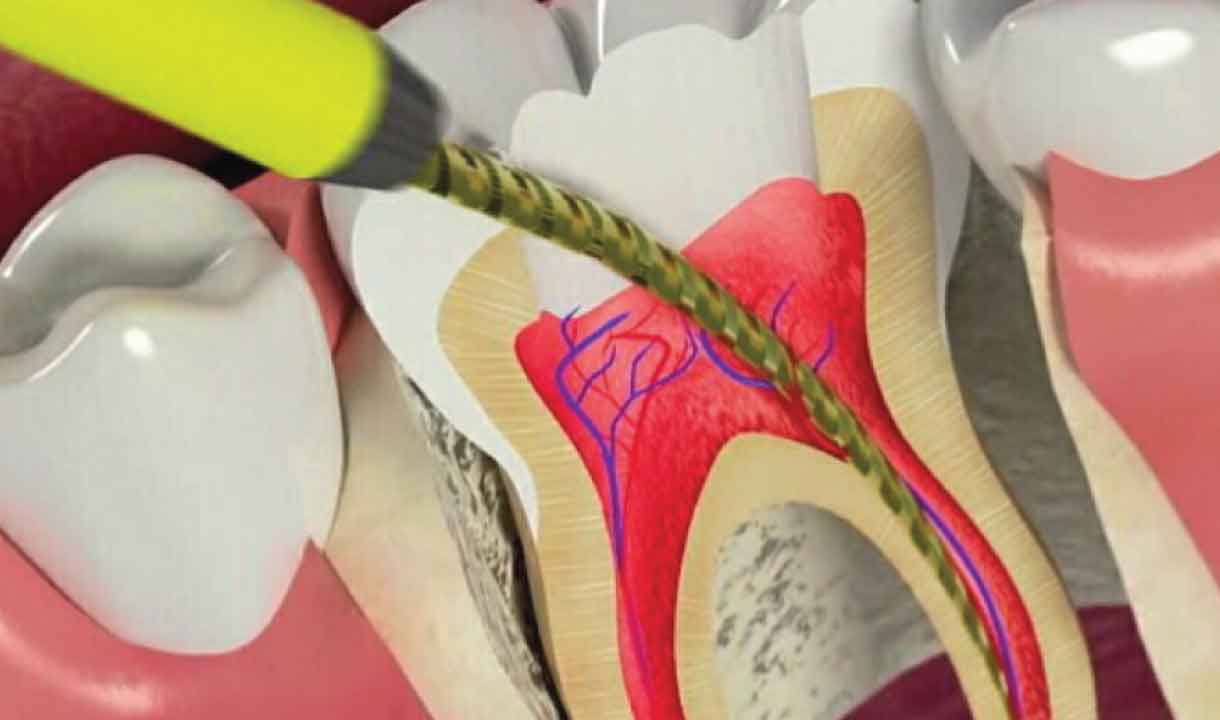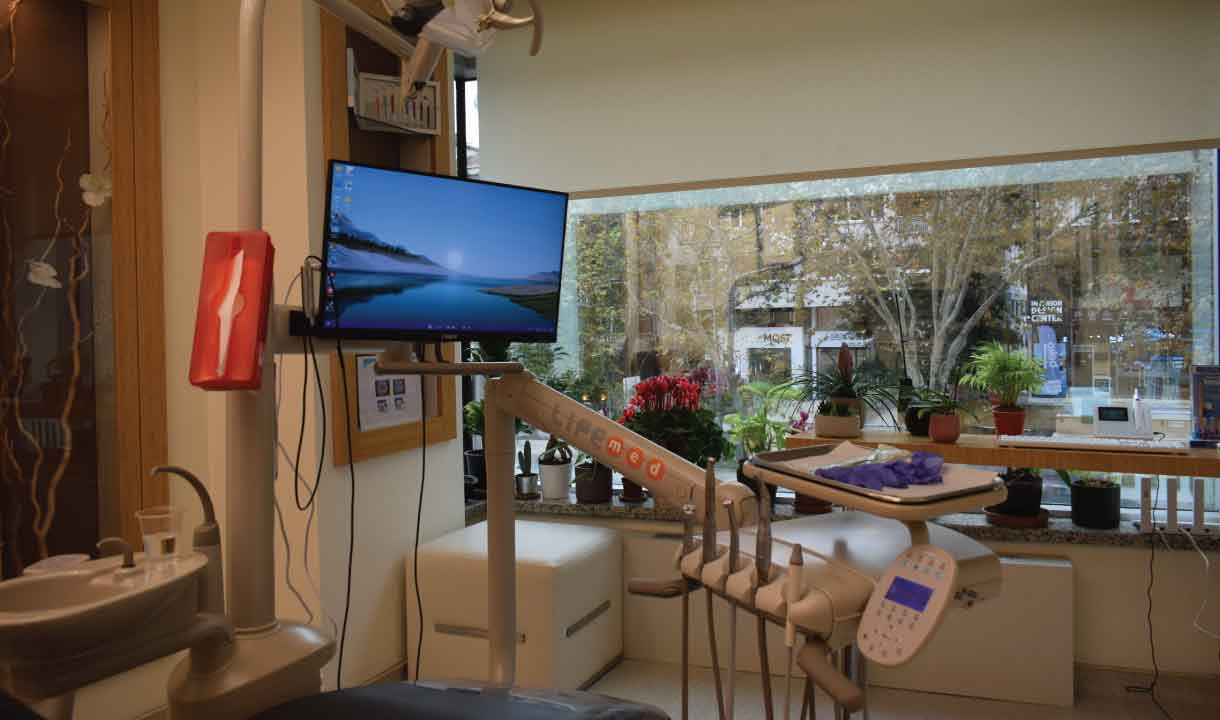In cases such as trauma and caries, the inability of the pulp to repair itself makes root canal treatment necessary. The pulp is a soft layer consisting of the vascular-nerve package in the innermost part of the tooth. If the damaged pulp cannot be removed from the relevant area, both the tooth and the surrounding tissues will be damaged and the tooth may be lost.
The process of filling and treating the pulp tissue that forms the internal structures of the tooth is called root canal treatment. The purpose of root canal treatment is to remove bacteria and dead tissue from each root through the canals.

The stages can be listed as follows:
If the tooth is dead, there will be no need for anesthesia, but if the tooth is alive, the tooth is anesthetized so that the treatment is painless.
If you have a tooth, the caries is cleaned and the inflamed pulp tissue is removed. Nerve and tissue residues in the root canal are cleaned.
Appropriate sized canals are shaped up to the root tip, expanded, and root canals are washed with appropriate washing solutions.
If the condition of the tooth does not allow the treatment to be completed in the same session, the root canals are filled with appropriate drugs and the tooth is closed with temporary filling materials until the next session.
Until all inflammatory symptoms disappear, 'dressing' sessions, which include washing and putting medication, should be continued.
When the healing is assured, the root canals are filled with a special filling material up to the root tip.
In some cases, root canal treatment can be completed in a single session without the need for additional sessions.
